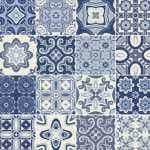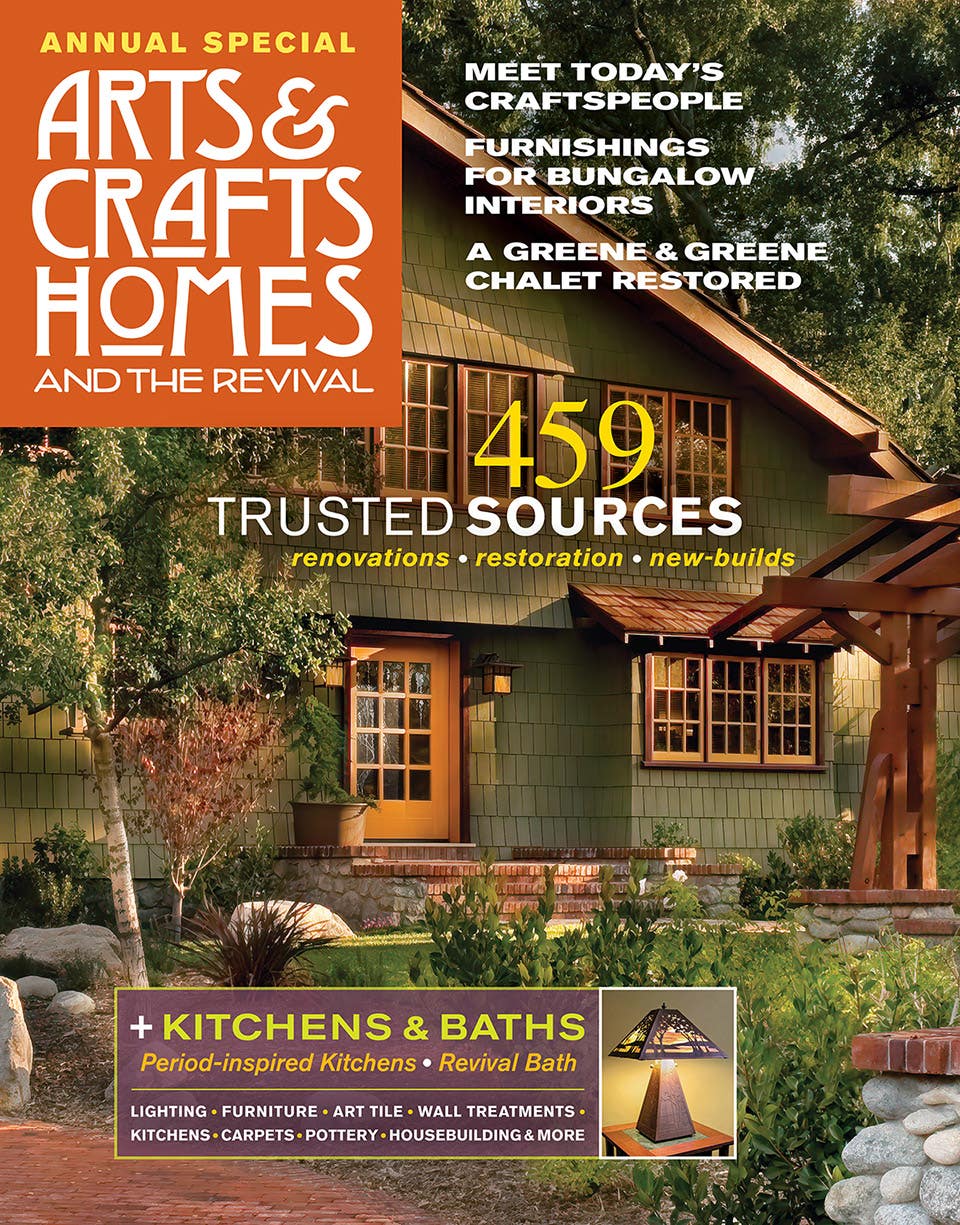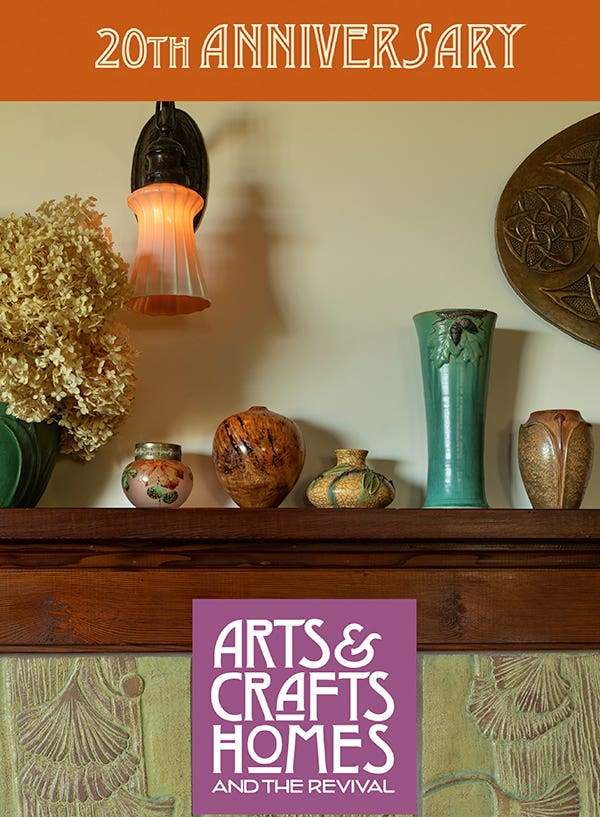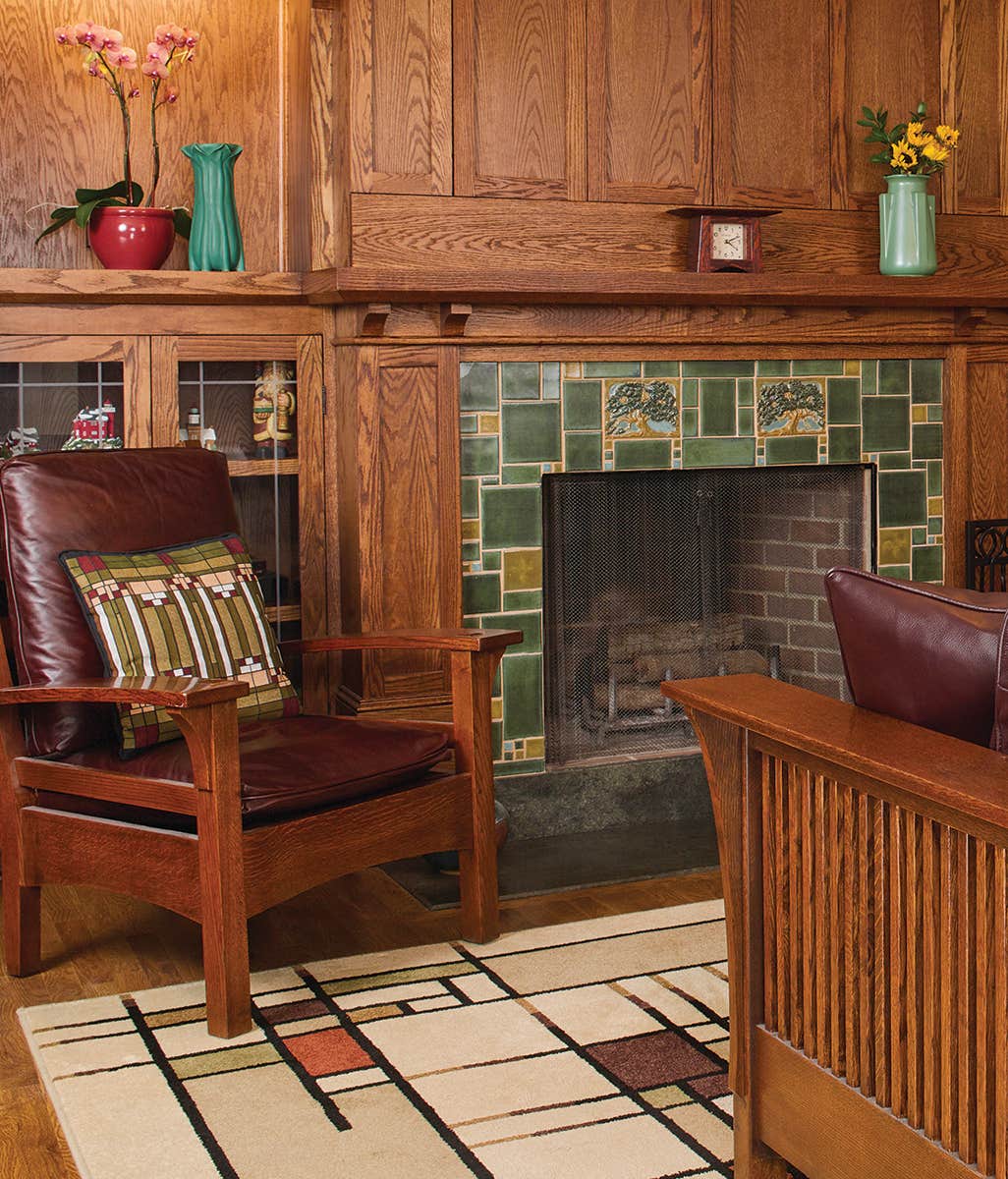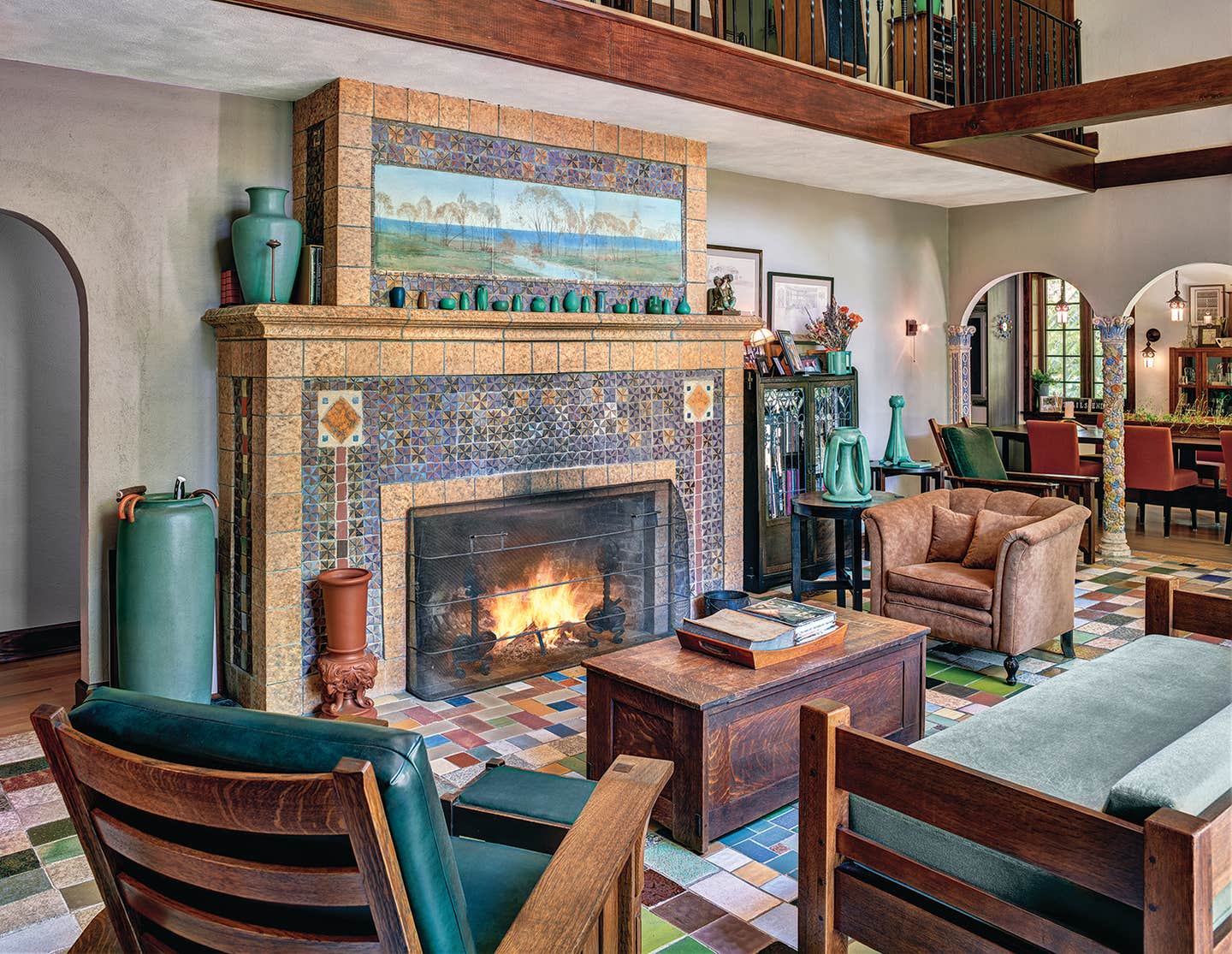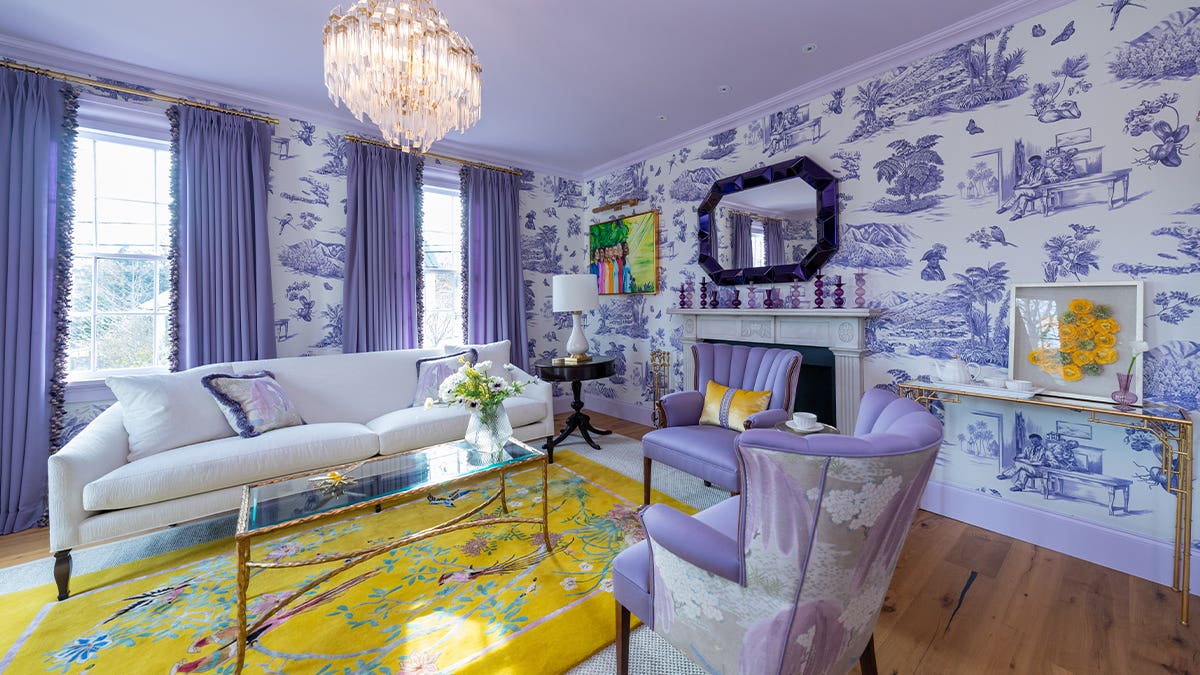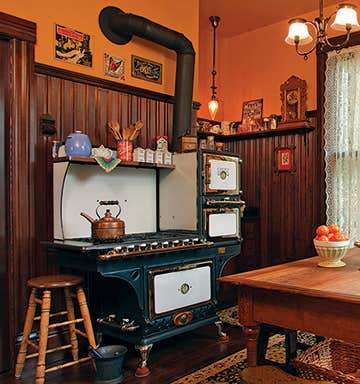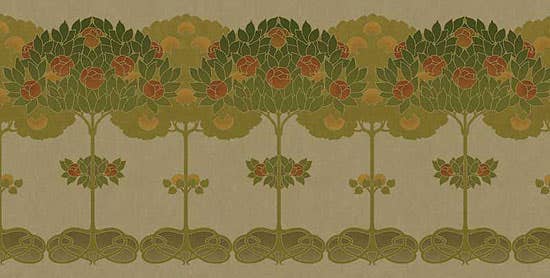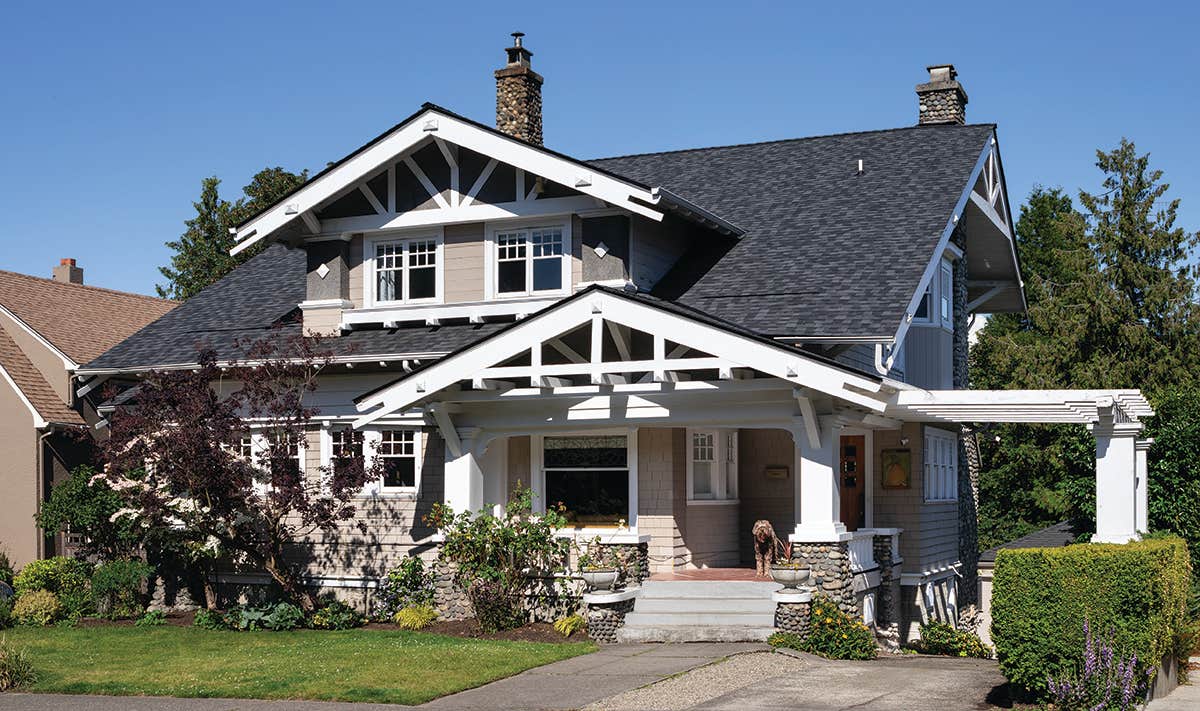The Floor Can Make the Room
An existing floor, be it tongue-and-groove pine or 1920s tile, sets the tone. If you are doing a major renovation or building new, anchor the room with the right floor, even before you choose moldings and wall colors and furniture.
Old-house owners may take the floors for granted unless they are in disrepair: a squeaky floorboard, a cracked tile. But the floor is emphatically one of the essential elements in a room, for comfort and style both. The floor can make the room lighter or darker, it can complement the mantel or stairs or it can fight the furniture.
We’re not likely to rip out a good floor. But there are times when a new floor is best, even in renovation (and certainly if you are adding on or building). Before you choose, let’s look at what options were available around the time of “the bungalow era.”
Wood floors are a natural in almost any period and style, even more so for naturalistic bungalows and other homes of the era. But: wide plank or strip? Light wood or dark? Wide plank floors—with boards at least three inches and up to 24 inches wide—are usually found only in the oldest American dwellings. Boards this wide came from old-growth trees, both hardwoods and softwoods. Color ranges from light to dark, and if you choose reclaimed wood to use now, blemishes will add to the vintage character.
Another early flooring style was parquet, found only in expensive houses during the 18th century. Parquet is made up of wood strips laid to create an intricate surface pattern, such as herringbone. Pre-arranged parquet was popular and affordable in the late Victorian era, and made a comeback in the Romantic Revival homes of the early 20th century (especially Tudors). Patterns add some complexity, but the floor is subtle, and the woods (often oak with borders that include mahogany, maple, etc.) are usually medium in tone, making them versatile in decorating.
Strip floors in oak, heart pine, and other woods came into vogue in the late 19th century, when sawmills turned out interlocking 2½ - to 3-inch strips for middle-class homes. Pale gold when freshly laid, strip-oak floors were a natural foil for darker, dramatic hardwood inlays, borders, and medallions in cherry, walnut, or mahogany in the formal rooms of Victorian homes. Upstairs, in the 19th and first half of the 20th centuries, inexpensive fir and soft pine were common.
Wood is not the only material appropriate for traditional floors. Encaustic and clay tiles were used in sunrooms and entryways; ceramic tile in kitchens and baths. In the early 20th century, floral and geometric Hispano–Moresque accent tiles were popular in California and the Southwest, and in any house with a Spanish or Mediterranean style leanings.
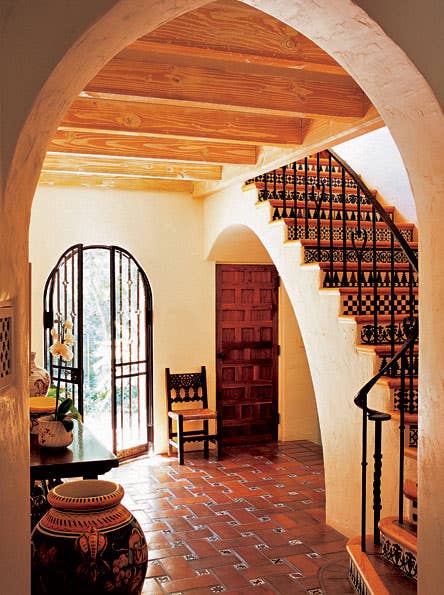
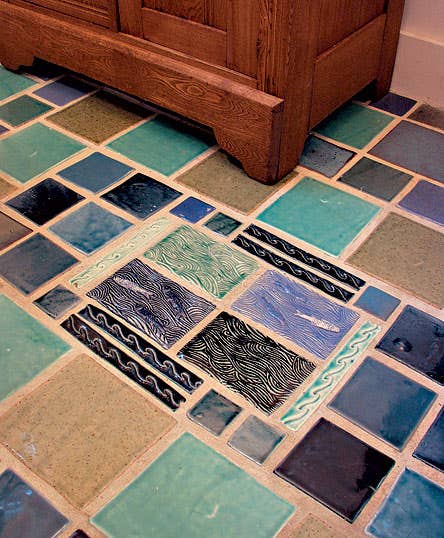
Stone, too, has precedent: for grand entry halls, and even for kitchens and laundries. Resilient flooring, especially linoleum, had its heyday during the Arts & Crafts period. Consider rubber, cork, true linoleum, and even vinyl tile in plain colors or retro patterns.
Mary Ellen Polson is a creative content editor and technical writer with over 20 years experience producing heavily illustrated know how and service journalism articles, full-length books, product copy, tips, Q&As, etc., on home renovation, design, and outdoor spaces.
